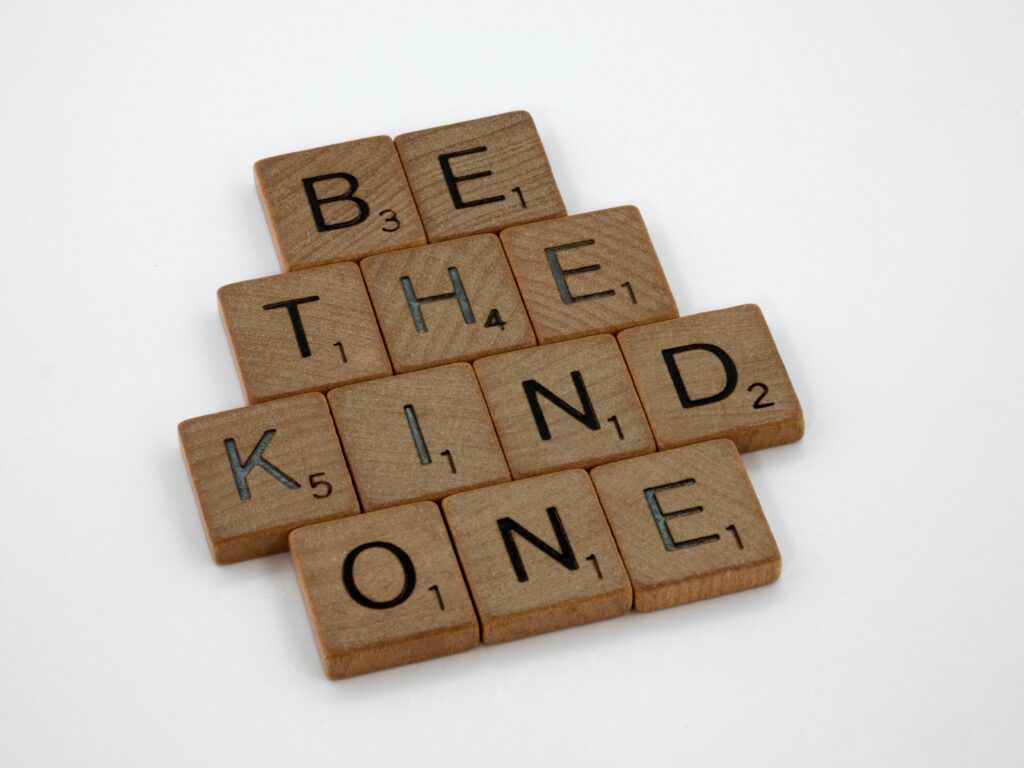When we think of bullying, we think of it as obvious ill-treatment which can be witnessed when it happens. However, bullying can also occur in a much less obvious manner.
The Victoria (Australia) Department of Education and Training provides a definition for both overt and covert bullying. Bullying can be easy to see and detect (overt) or hidden, subtle and hard to detect (covert).
Overt bullying involves physical actions such as punching or kicking or observable verbal actions such as name-calling and insulting.
Covert bullying can be very difficult for someone outside of the interaction to identify. It can include hand gestures and threatening looks, whispering, excluding or turning your back on a person, restricting where a person can sit and who they can talk with. Social bullying (spreading rumours, manipulation of relationships, excluding, isolating) is often covert bullying.
Overt bullying such as threatening emails or social media messages, physical aggression can be reported to higher authorities. That is why it is important to collect any evidence. However, covert bullying is much more complex.
I’ve personally experienced covert bullying. The bullying can be so subtle that it can go unnoticed by many people in the same environment. I remember telling about some incidents to some of my coworkers. Since the latter didn’t notice these underhand incidents, they didn’t believe me. The following quote from the French psychiatrist Marie-France Hirigoyen’s book, Le Harcèlement moral: La violence perverse au quotidien, illustrates perfectly what I’ve personally experienced and what millions of victims of bullying have experienced:
« Lorsqu’il y a violence physique, des éléments extérieurs sont là pour témoigner ; constats médicaux, témoins oculaires, constatations de la police. Dans une agression perverse, il n’y a aucune preuve. C’est une violence « propre ». On ne voit rien” (p. 145).
Translation: When there’s physical violence, there’ll be the following evidence: medical statements, eyewitnesses, police reports. A perverse aggression doesn’t provide evidence. It’s a ‘clean’ type of violence. People don’t see anything.
Hence, it is very difficult to report covert bullying since you don’t have tangible evidence. This is very frustrating, and many bullies get away with their odious acts. However, if a victim of bullying has witnesses who are willing to testify in his favour, it could be useful for the victim.
Many victims of bullying don’t report their bullies out of fear of repercussions from their bullies, especially if they act in groups. Victims may also fear that they will not be taken seriously or will not be believed.
I’ve already told in my story how one therapist didn’t understand the phenomenon of covert bullying and was convinced that my story was not valid. Invalidating a victim’s experience is insulting and disempowering. Dr Hirigoyen even goes so far as associating the therapist to the bully’s accomplice:
« L’incrédulité de celui-ci (d’un psychothérapeute) constituerait une violence supplémentaire, son silence le mettrait en position de complice de l’agresseur. Certains patients ayant vécu une situation de harcèlement disent que lorsqu’ils ont essayé d’en parler à un psychothérapeute, celui-ci n’a pas voulu entendre et leur a fait savoir qu’il était plus intéressé par les aspects intrapsychiques que par la violence réellement vécue » (p. 226).
Translation: His/Her incredulity (the psychotherapist’s) is an additional aggression, his/her silence makes him the bully’s accomplice. Some bullied patients have reported that their psychotherapist wasn’t at all receptive to their bullying ordeal but was more interested in the intrapsychic aspects of their case.
Victims of bullying need their experience to be validated. Disbelieving or dismissing someone’s experience adds insult to injury. And bullying, whether overt or covert is unacceptable.
Bibliography
Hirigoyen, Marie-France. 1998. Le harcèlement moral : La violence perverse au quotidien. Paris : Syros.
Victoria State Government. 20 October 2022. “What is bullying?” https://www.education.vic.gov.au/about/programs/bullystoppers/Pages/what.aspx

